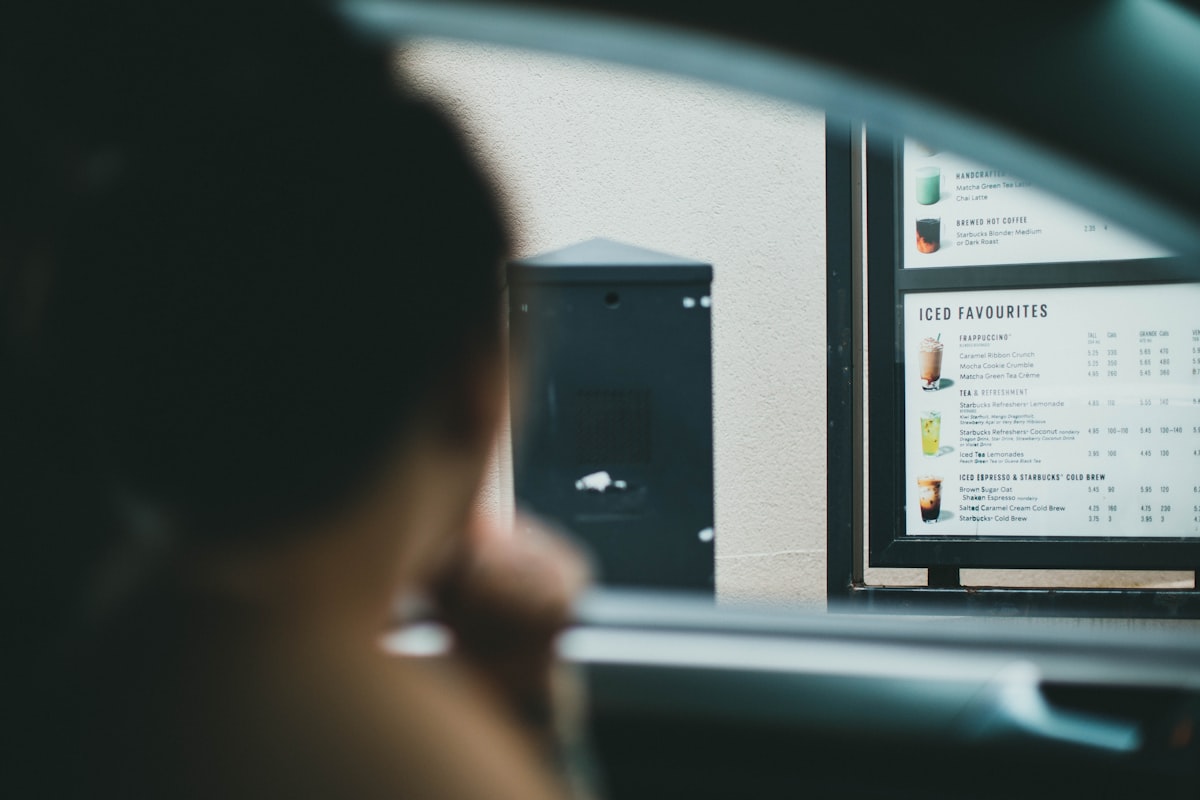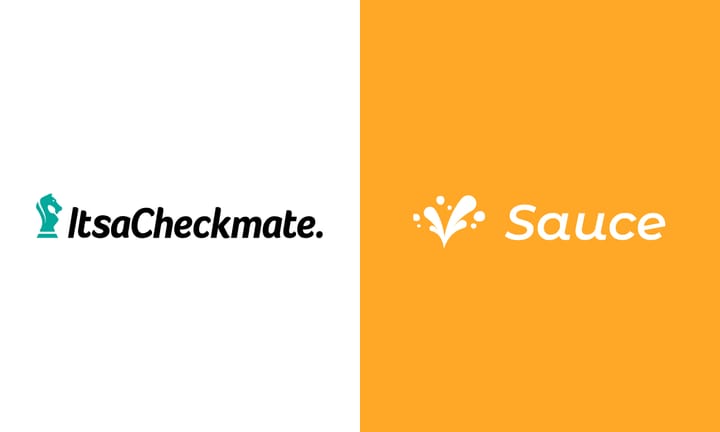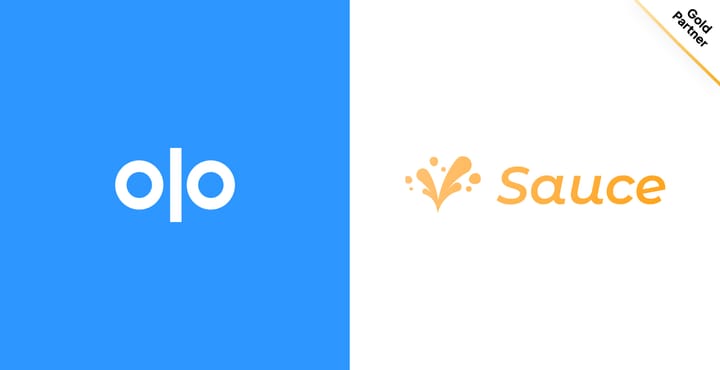How Restaurant Dynamic Pricing Affects Customers
Dynamic pricing benefits both restaurants and consumers by allowing for faster and fresher service for those who prioritize convenience.

- There’s plenty of room for consumers to accept variable prices for their meals
- Dynamic pricing allows restaurants to remain online, serve customers faster, fresher food, which is more important for customers who value convenience
- Dog Haus restaurateur Faizan Khan continues to market based on food quality, and has not seen any negative customer impact due to dynamic pricing
- At Sauce we’ve seen continued customer growth after millions of price changes for operators nationwide
How Dynamic Pricing Affects Consumers - From a Dog Haus Operator
The concern was about the price elasticity of demand and how consumers would react to price changes. The fear was that raising prices would result in fewer sales, but it turned out not to be the case. There is a lot of room for consumers to accept higher prices for their products. During COVID, Dog Haus introduced a virtual brand and increased their online sales through platforms such as Uber Eats, Grubhub, and DoorDash. This increase in online sales made dynamic pricing critical for maximizing profits for every burger and hot dog sold.
Why Not Implementing Dynamic Pricing Can Hurt Your Customers More
We have conducted extensive price elasticity testing, and we have found that factors such as ratings, reviews, and third-party tablet uptime significantly impact search rank, which, in turn, affects the number of orders a restaurant receives. Complaints from consumers are often related to wait times and food quality, not pricing, making it essential to use pricing as a tool to reduce wait times to under 30 minutes and ensure consistent service to meet consumers' expectations for convenience. Customers who value convenience will pay for it, and those who do not can order ahead to improve their experience. By doing this, restaurants can maintain high ratings and reviews, rank highly on platforms, and retain customer loyalty.
How to Think About Marketing And Customer Feedback Using Dynamic Pricing - From a Dog Haus Operator
An increase in market share means capturing a larger portion of the market outside one's location. Consumer behavior can have different models of price elasticity of demand based on the consumer base. The marketing strategy focuses on promoting quality and a gourmet experience, rather than price. Based on customer feedback, changes in price have not had a negative impact on ratings on platforms such as Uber Eats.
The Consumer Reaction to Dynamic Pricing and What We've Learned at Sauce
Through our dynamic pricing services, we have changed millions of restaurant prices without significant negative consumer reactions, and as we expand from third-party delivery systems to first-party and in-store options, we are focusing on giving consumers control to increase their acceptance of dynamic pricing, as emphasized by pricing research expert Sherri Kimes in a recent QSR article; we aim to provide restaurants with the ability to offer discounts for ordering at specific times or on certain days, rather than increasing prices across the board, allowing them to maintain customer appeal with lower prices while preserving their margins during busy meal times or on certain days of the week.



